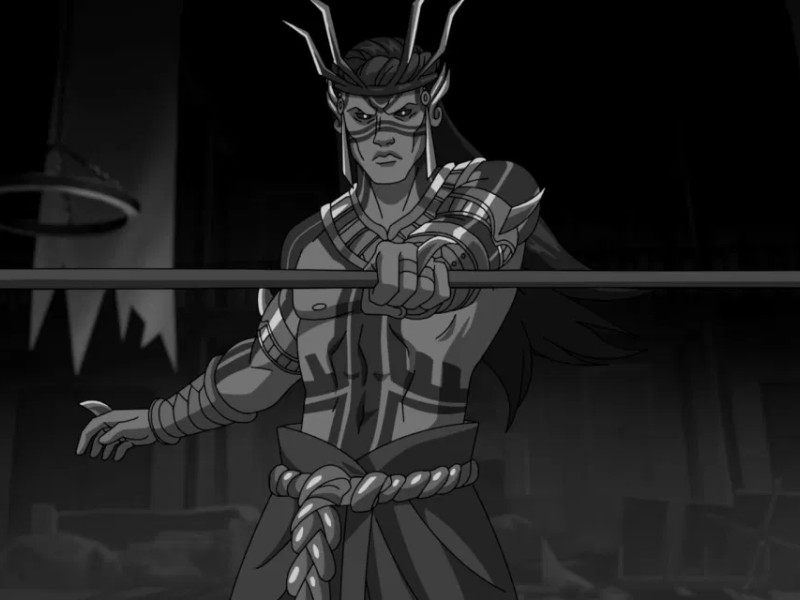Ordinary people in other countries are right to be wary of the Pied Piper of American “leadership,” but their rulers should be too.
-
June 15, 2021
SOURCE NationofChange
The world has been treated to successive spectacles of national leaders gathering at a G7 Summit in Cornwall and a NATO Summit in Brussels.
The U.S. corporate media have portrayed these summits as chances for President Biden to rally the leaders of the world’s democratic nations in a coordinated response to the most serious problems facing the world, from the COVID pandemic, climate change and global inequality to ill-defined “threats to democracy” from Russia and China.
But there’s something seriously wrong with this picture. Democracy means “rule by the people.” While that can take different forms in different countries and cultures, there is a growing consensus in the United States that the exceptional power of wealthy Americans and corporations to influence election results and government policies has led to a de facto system of government that fails to reflect the will of the American people on many critical issues.
So when President Biden meets with the leaders of democratic countries, he represents a country that is, in many ways, an undemocratic outlier rather than a leader among democratic nations. This is evident in:
– the “legalized bribery” of 2020’s $14.4 billion federal election, compared with recent elections in Canada and the U.K. that cost less than 1% of that, under strict rules that ensure more democratic results;
– a defeated President proclaiming baseless accusations of fraud and inciting a mob to invade the U.S. Congress on January 6 2021;
– news media that have been commercialized, consolidated, gutted and dumbed down by their corporate owners, making Americans easy prey for misinformation by unscrupulous interest groups, and leaving the U.S. in 44th place on Reporters Without Borders’ Press Freedom Index;
– the highest incarceration rate of any country in the world, with over two million people behind bars, and systemic police violence on a scale never seen in other wealthy nations;
– the injustice of extreme inequality, poverty and cradle-to-grave debt for millions in an otherwise wealthy nation;
– an exceptional lack of economic and social mobility compared to other wealthy countries that is the antithesis of the mythical “American Dream”;
– privatized, undemocratic and failing education and healthcare systems;
– a recent history of illegal invasions, massacres of civilians, torture, drone assassinations, extraordinary renditions and indefinite detention at Guantanamo—with no accountabllity;
– and, last but not least, a gargantuan war machine capable of destroying the world, in the hands of this dysfunctional political system.
Fortunately though, Americans are not the only ones asking what is wrong with American democracy. The Alliance of Democracies Foundation (ADF), founded by former Danish Prime Minister and NATO Secretary-General Anders Fogh Rasmussen, conducted a poll of 50,000 people in 53 countries between February and April 2021, and found that people around the world share our concerns about America’s dystopian political system and imperial outrages.
Probably the most startling result of the poll to Americans would be its finding that more people around the world (44%) see the United States as a threat to democracy in their countries than China (38%) or Russia (28%), which makes nonsense of U.S. efforts to justify its revived Cold War on Russia and China in the name of democracy.
In a larger poll of 124,000 people that ADF conducted in 2020, countries where large majorities saw the United States as a danger to democracy included China, but also Germany, Austria, Denmark, Ireland, France, Greece, Belgium, Sweden and Canada.
After tea with the Queen at Windsor Castle, Biden swooped into Brussels on Air Force One for a NATO summit to advance its new “Strategic Concept,” which is nothing more than a war plan for World War III against both Russia and China.
But we take solace from evidence that the people of Europe, whom the NATO war plan counts on as front-line troops and mass casualty victims, are not ready to follow President Biden to war. A January 2021 survey by the European Council on Foreign Affairs found that large majorities of Europeans want to remain neutral in any U.S. war on Russia or China. Only 22% would want their country to take the U.S. side in a war on China, and 23% in a war on Russia.
Few Americans realize that Biden already came close to war with Russia in March and April, when the United States and NATO supported a new Ukrainian offensive in its civil war against Russian-allied separatists in Donetsk and Luhansk provinces. Russia moved tens of thousands of heavily-armed troops to its borders with Ukraine, to make it clear that it was ready to defend its Ukrainian allies and was quite capable of doing so. On April 13th, Biden blinked, turned round two U.S. destroyers that were steaming into the Black Sea and called Putin to request the summit that is now taking place.
The antipathy of ordinary people everywhere toward the U.S. determination to provoke military confrontation with Russia and China begs serious questions about the complicity of their leaders in these incredibly dangerous, possibly suicidal, U.S. policies. When ordinary people all over the world can see the dangers and pitfalls of following the United States as a model and a leader, why do their neoliberal leaders keep showing up to lend credibility to the posturing of U.S. leaders at summits like the G7 and NATO?
Maybe it is precisely because the United States has succeeded in what the corporate ruling classes of other nations also aspire to, namely greater concentrations of wealth and power and less public interference in their “freedom” to accumulate and control them.
Maybe the leaders of other wealthy countries and military powers are genuinely awed by the dystopian American Dream as the example par excellence of how to sell inequality, injustice and war to the public in the name of freedom and democracy.
In that case, the fact that people in other wealthy countries are not so easily led to war or lured into political passivity and impotence would only increase the awe of their leaders for their American counterparts, who literally laugh all the way to the bank as they pay lip service to the sanctity of the American Dream and the American People.
Ordinary people in other countries are right to be wary of the Pied Piper of American “leadership,” but their rulers should be too. The fracturing and disintegration of American society should stand as a warning to neoliberal governments and ruling classes everywhere to be more careful what they wish for.
Instead of a world in which other countries emulate or fall victim to America’s failed experiment in extreme neoliberalism, the key to a peaceful, sustainable and prosperous future for all the world’s people, including Americans, lies in working together, learning from each other and adopting policies that serve the public good and improve the lives of all, especially those most in need. There’s a name for that. It’s called democracy.
Medea Benjamin is cofounder of CODEPINK for Peace, and author of several books, including Inside Iran: The Real History and Politics of the Islamic Republic of Iran.























.jpg)
.jpg)
.jpg)







